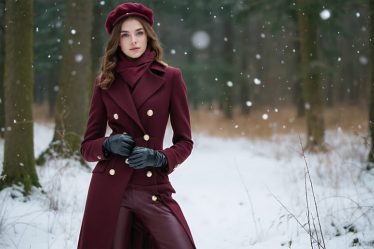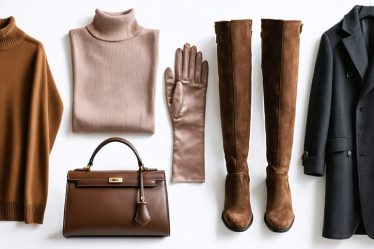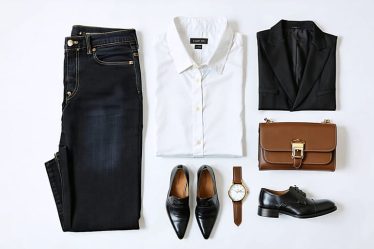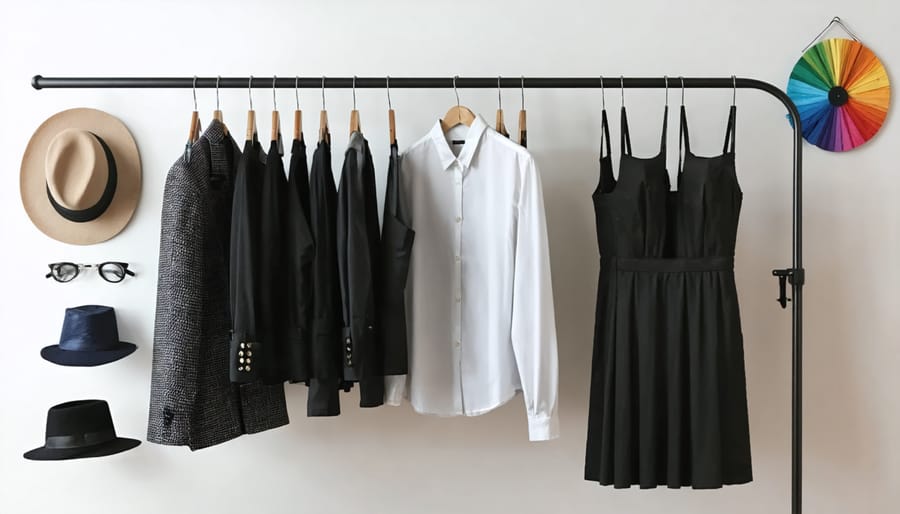
Discover the transformative power of r/femalefashionadvice, Reddit’s thriving community of over 2.5 million fashion-savvy individuals sharing real-world style wisdom. Unlike traditional fashion magazines or influencer content, this dynamic forum offers authentic, practical advice from diverse women navigating the same style challenges you face. From capsule wardrobe creation to sustainable shopping strategies, the community’s collective expertise helps members develop confidence in their personal style while making smart fashion investments.
What sets r/femalefashionadvice apart is its emphasis on honest feedback, body-positive discussions, and budget-conscious recommendations. Whether you’re building a professional wardrobe, seeking outfit inspiration, or learning to shop more intentionally, you’ll find carefully curated advice that considers various lifestyles, body types, and fashion preferences. The platform’s unique blend of peer support and expert insights has revolutionized how women approach fashion, making style both accessible and enjoyable for everyone.
This comprehensive guide will help you navigate the wealth of fashion knowledge available on r/femalefashionadvice, turning overwhelming style choices into confident fashion decisions that reflect your authentic self.
Foundation First: Essential Wardrobe Basics
Quality Over Quantity
When building a lasting wardrobe, understanding the difference between quality and quantity can transform your fashion journey. While fast fashion tempts us with trendy pieces at attractive prices, investing in well-made basics often proves more economical and sustainable in the long run. These pieces become the foundation of timeless fashion trends that withstand both wear and changing styles.
To identify quality pieces, start by examining the stitching – look for even, tight seams without loose threads. Check the fabric composition; natural materials like cotton, wool, and silk typically offer better durability and comfort than their synthetic counterparts. Pay attention to details like reinforced buttons, lined garments, and pattern matching at the seams.
Consider cost-per-wear rather than just the price tag. A $200 well-made blazer worn weekly for years offers better value than a $50 version that loses shape after a few months. Focus on versatile pieces that coordinate well with multiple items in your wardrobe.
When shopping, take time to try items on and move around. Quality pieces should feel comfortable and maintain their shape. Don’t shy away from asking questions about garment care and construction – reputable retailers usually pride themselves on their product knowledge and quality standards.
Remember, building a quality wardrobe is a gradual process. Start with essential pieces you wear most often, and slowly expand your collection as you develop your personal style and understanding of what truly works for you.
The Core Capsule Pieces
Building a versatile wardrobe starts with essential pieces that can be mixed and matched effortlessly. A well-fitted white button-down shirt serves as a cornerstone piece, transitioning seamlessly from office meetings to casual weekend brunches. Pair it with tailored black pants for a classic look, or learn how to style women’s jeans for a more relaxed vibe.
Every capsule wardrobe needs a classic blazer in either black or navy – it instantly elevates any outfit and works year-round. A quality little black dress is non-negotiable; choose one in a timeless cut that flatters your body shape and can be dressed up or down with accessories.
For bottoms, invest in three key pieces: dark wash straight-leg jeans, black ankle-length pants, and a knee-length pencil skirt. These versatile pieces form the foundation of countless outfits. Top them with a selection of neutral-colored sweaters and t-shirts in various necklines.
Don’t forget about layering pieces – a lightweight cardigan and a classic trench coat are essential for transitional weather. For shoes, start with three pairs: comfortable black flats, neutral pumps, and white sneakers. These core pieces should reflect your personal style while maintaining versatility and quality. Remember, it’s better to invest in fewer, higher-quality pieces that will last longer and serve multiple purposes in your wardrobe.
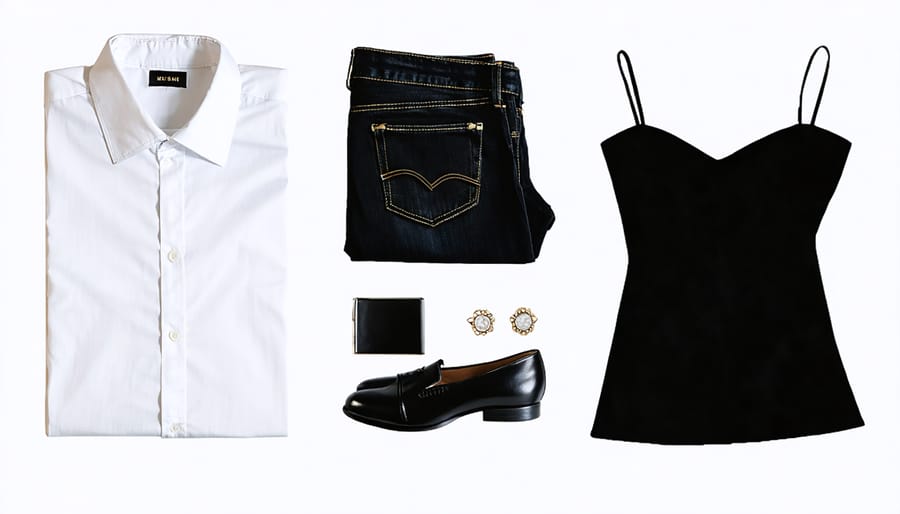
Smart Shopping Strategies
Body Type Analysis
Understanding your body type is the foundation of building a wardrobe that makes you feel confident and comfortable. Rather than following trends blindly, focusing on cuts and styles that complement your natural shape can transform your relationship with fashion.
The key is to identify your primary body shape characteristics. Are your shoulders broader than your hips? Do you have a defined waist? Is your body more straight-lined? These observations help determine which silhouettes will work best for you. Remember, no body type is better than another – it’s all about celebrating your unique features.
For those with an hourglass figure, wrap dresses and fitted waistlines enhance your natural curves. If you have a rectangular shape, try creating definition with belted pieces and layered looks. Pear-shaped bodies often look fantastic in A-line skirts and tops that draw attention upward, while apple shapes can rock empire waists and flowing fabrics that skim the body beautifully.
The most flattering outfits often come down to proportion play. If you’re petite, high-waisted pants and cropped jackets can elongate your frame. Taller frames might enjoy midi-length skirts and horizontal details that break up the vertical line.
Don’t forget about necklines – they frame your face and can balance your proportions. V-necks tend to lengthen the torso, while boat necks can broaden narrow shoulders. Experiment with different cuts while keeping your comfort level in mind. The best outfit is always the one that makes you feel like your most authentic self.
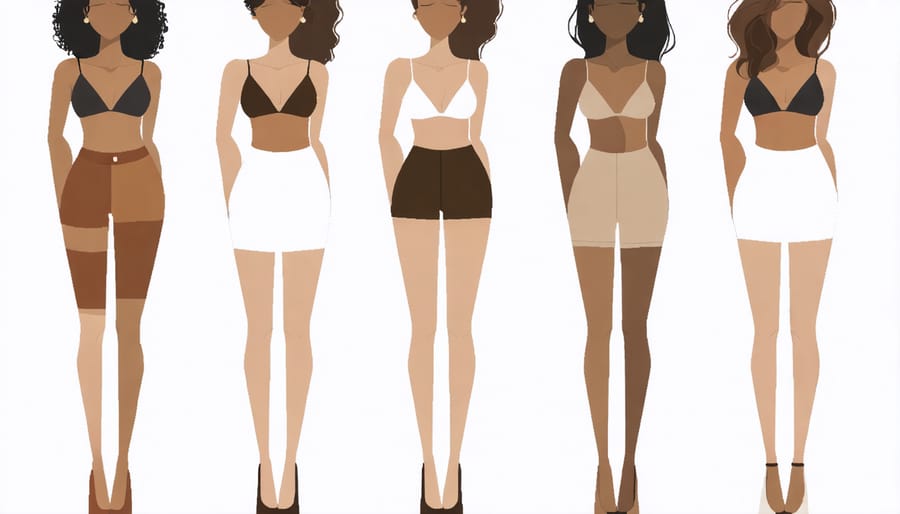
Color Theory Basics
Understanding color theory can transform your wardrobe from a collection of random pieces into a cohesive, stylish ensemble. I remember when I first learned about color wheels and complementary colors – it completely changed how I approached getting dressed in the morning!
Let’s start with the basics: your wardrobe should include both neutrals and accent colors. Neutrals (black, white, navy, beige, and gray) form the foundation of your closet and are incredibly versatile. Think of them as your wardrobe workhorses that pair easily with everything else.
When it comes to accent colors, consider your skin undertone. If you have warm undertones, colors like coral, golden yellow, and warm red will make you glow. Cool undertones shine in jewel tones like emerald, sapphire blue, and cool pink. Not sure about your undertone? Look at the veins in your wrist – green veins typically indicate warm undertones, while blue veins suggest cool undertones.
For creating interesting outfits, remember these classic color combinations:
– Monochromatic: Different shades of the same color
– Complementary: Colors opposite each other on the color wheel
– Analogous: Colors next to each other on the color wheel
– Triadic: Three colors equally spaced on the color wheel
Pro tip: When building your wardrobe, start with two or three colors that work well together and make you feel confident. Add pieces in these colors gradually, ensuring they mix and match easily. This approach helps create a capsule wardrobe where everything coordinates naturally.
Remember, while color theory provides helpful guidelines, the most important thing is feeling comfortable and confident in what you wear.
Seasonal Transitions Made Simple
Layering Techniques
Mastering the art of layering can transform your wardrobe and help you create countless outfit combinations, no matter the season. Start with a lightweight base layer, like a fitted tank top or thin turtleneck, which acts as your foundation. Think of layering as building blocks – each piece should work harmoniously with the others while serving a practical purpose.
I’ve learned through experience that the key to successful layering is varying lengths and textures. Try pairing a silky camisole under a cropped sweater, topped with a longer cardigan for an interesting visual dynamic. Remember to keep proportions balanced; if you’re wearing loose layers on top, keep the bottom half more fitted, and vice versa.
One of my favorite layering tricks is using button-down shirts as an intermediate layer. Wear them under sweaters with the collar and cuffs peeking out, or leave them unbuttoned over a fitted dress to create a casual, effortless vibe. Don’t forget about accessories – a well-placed belt can define your waist when wearing multiple layers, while scarves add both warmth and visual interest.
Temperature control is another benefit of strategic layering. Choose pieces that are easy to remove or add throughout the day, like a lightweight blazer or denim jacket. This approach is especially useful during transitional seasons when weather can be unpredictable.
For best results, stick to a cohesive color palette within your layers. This ensures that your outfit looks intentional rather than chaotic, even as you add or remove pieces throughout the day.
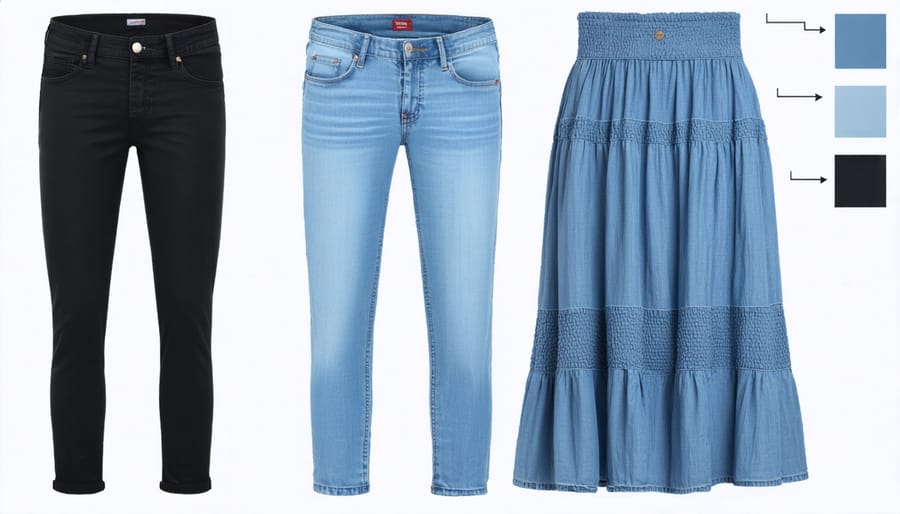
Accessorizing Wisely
The right accessories can completely transform even the most basic outfit, turning your everyday looks into something special. I’ve learned through experience that thoughtfully chosen accessories are like the secret sauce of personal style – they add personality and polish without breaking the bank.
Start with versatile pieces that complement your existing wardrobe. A classic watch, delicate necklaces that can be layered, and a few quality scarves in neutral patterns can work wonders across multiple outfits. When I’m wearing a simple jeans-and-tee combo, adding a statement belt and elegant earrings instantly elevates the entire look.
Remember the power of proportion – if you’re wearing statement earrings, consider keeping other accessories minimal. The same goes for scarves and necklaces – they typically compete for the same visual space, so choose one to be the star of your outfit.
Bags and shoes aren’t just functional items; they’re powerful accessories in their own right. Investing in a few quality pieces in neutral colors ensures versatility, while one or two bold options can add personality to simple outfits. I’ve found that a sleek black crossbody bag and a structured tote in tan or navy are workhorses in any wardrobe.
Don’t forget about seasonal accessories – they’re an affordable way to refresh your look throughout the year. Light silk scarves for spring, colorful statement jewelry for summer, and cozy knit accessories for fall and winter can keep your style current without major investments.
Maintenance and Organization
Maintaining a well-organized wardrobe is just as important as building one. As many community members on r/femalefashionadvice often share, an organized closet not only preserves your clothing investments but also makes daily outfit selection much more enjoyable. If you’re interested in organizing on a budget, there are several practical approaches you can implement today.
Start by implementing the “one in, one out” rule – whenever you add a new piece to your wardrobe, remove an old one. This helps maintain a manageable closet size and ensures you’re regularly evaluating your clothing choices. Store your clothes by category and color, making it easier to spot gaps in your wardrobe and create cohesive outfits quickly.
Proper garment care is essential for longevity. Invest in quality hangers that maintain the shape of your clothes, and avoid wire hangers that can distort shoulders. For delicate items like knits and sweaters, fold them to prevent stretching. Many seasoned fashionistas recommend using drawer dividers and clear storage boxes to keep everything visible and protected.
Don’t underestimate the power of seasonal rotation. Store off-season clothes in breathable garment bags or containers with cedar blocks to prevent moth damage. Before storing, ensure all items are clean and completely dry to avoid mildew issues.
Regular maintenance checks can save you money in the long run. Address minor repairs like loose buttons or small tears promptly before they become bigger problems. Consider learning basic sewing skills for simple fixes, or build a relationship with a reliable local tailor for more complex alterations.
Keep your shoes in good condition by using shoe trees, rotating pairs regularly, and cleaning them consistently. A well-maintained pair of shoes can last years longer with proper care, making your initial investment much more worthwhile.
Fashion is a deeply personal journey, and the advice shared throughout this article serves as a foundation for discovering and refining your unique style. Remember that while trends come and go, the most important aspect of fashion is feeling confident and comfortable in what you wear. The r/femalefashionadvice community has shown us that there’s incredible value in learning from others’ experiences while staying true to our individual preferences.
Take time to experiment with different styles, silhouettes, and combinations. Don’t be afraid to step out of your comfort zone occasionally, but always trust your instincts about what feels right for you. Building a versatile wardrobe is a gradual process, and it’s perfectly okay to make adjustments as your lifestyle and preferences evolve.
Consider the principles we’ve discussed – from investing in quality basics to understanding color coordination and proportion – as guidelines rather than strict rules. Use them as tools to express yourself rather than limitations that box you in. Remember that sustainable fashion choices and mindful consumption not only benefit the environment but also help create a more intentional and satisfying wardrobe.
Most importantly, celebrate your style journey. Share your experiences with others, seek inspiration from diverse sources, and remember that fashion should be an enjoyable form of self-expression. Whether you’re just starting to build your wardrobe or refining your existing style, trust that your authentic fashion voice will emerge through experimentation and self-discovery.

